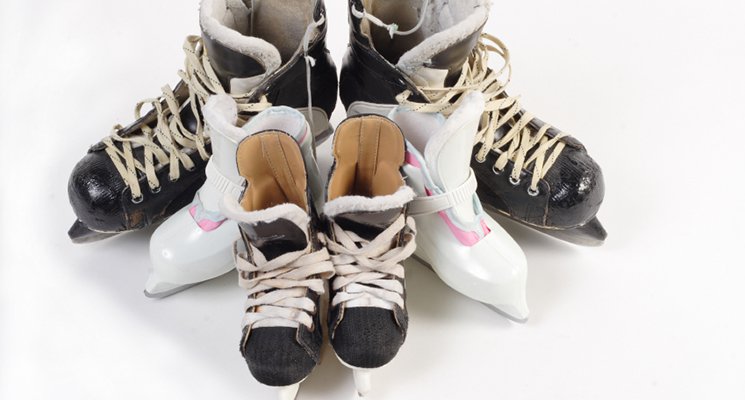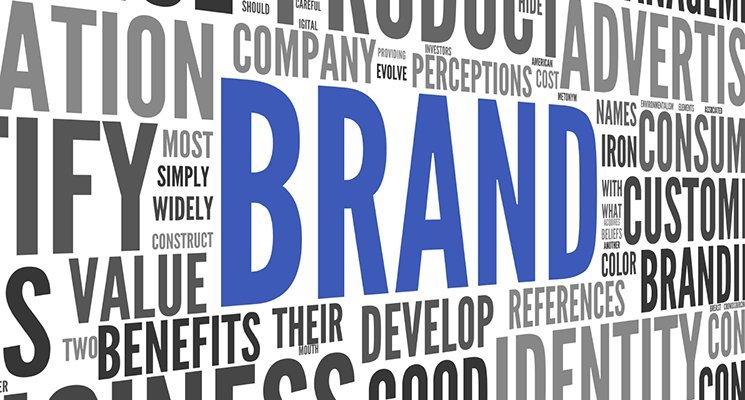Since we seem to be in the middle of an endless winter, let’s contemplate the experience of winter in summer — or, more precisely, how rinks and hockey centres can manage most efficiently in the off-season.
I have a friend who loves to go ice-skating in the summer; rinks are empty, she tells me. But I don’t get it: Why are they empty? Why doesn’t everyone head straight for a field of ice when it’s 95 degrees outside? It’s largely and very simply a matter of public perception, I think: We associate skating and hockey-playing with cold weather, so we don’t think of doing it when summer rolls around. If you operate a rink or hockey center that’s open year-round, however, there are a few things you can do to shift public perception.
It’s all about managing the message. If you offer a summer camp program, get the word out to families before the major push for summer-camp registration starts. These days, parents start signing their kids up for summer activities the day after New Year’s. Luckily for you, that’s the ideal time for a rink to spread the word. At the beginning of December, when you’re in the thick of league games, regular training, clinics, and rink rentals — and before other types of summer programs have easy access to the audience you’re serving — start an advertising campaign for your summer camp program. Put up posters that play on the winter-in-summer contrast, and get creative with them. Images of kids in bathing suits running around in mounds of snow will grab your audience’s attention. Your goal is to let families know that the hockey and skating they’re enjoying so much right now are available to them all year long (and are even more enjoyable when the temperature is soaring!).
Also, if your rink is the kind that converts to non-ice sports in the warmer weather — roller-skating, soccer, field hockey — be sure your customer base knows this. Again, because the tendency will be to associate your facility with winter sports only, customers might think of other venues before they think of yours. From the first moment a hockey player or ice-skater walks through your door, be sure it’s obvious that your activity offerings go far beyond the ice-based. Prominently display pictures of people enjoying other sports in your facility; directly advertise your other offerings. Train your staff members to mention those other offerings at the moment when registration for a winter sport happens.
Finally, make good use of social media. Facebook, Twitter, and especially Instagram and Pinterest are all image-centric: Reveal your full breadth of offerings through vivid images that you post frequently. Avoid the natural inclination to show off only your ice-skaters and hockey-players when the holiday season in upon us, and businesses everywhere are plugging images of happy, winter scenes. That’s the perfect time, in fact, for you to capitalize on the interesting contrast you can offer that other places can’t: winter in summer!






 This season, to startlingly effective results, the San Francisco 49ers have been flooding fans with infographics. The great thing about infographics, visual representations of data or knowledge, is their quick, clear presentation of complex information. And the great thing about infographics designed by someone who knows what they’re doing is their quick, clear, and beautiful presentation.
This season, to startlingly effective results, the San Francisco 49ers have been flooding fans with infographics. The great thing about infographics, visual representations of data or knowledge, is their quick, clear presentation of complex information. And the great thing about infographics designed by someone who knows what they’re doing is their quick, clear, and beautiful presentation.
 This fall, my gym buddy acquired wearable technology. You know the drill: a sleek-looking wristband; an endless stream of personal fitness data collected, analyzed, advertised on social media; a self-regulated, continuously fine-tuned fitness plan based on the constant feedback. All well and good, but suddenly I found myself going to the gym on my own a lot more. With a sort of built-in trainer and a shift in fitness goals (now, instead of running for thirty minutes on the treadmill, she aimed to take 10,000 steps per day) my friend seemed not to need the gym so much any more — at first.
This fall, my gym buddy acquired wearable technology. You know the drill: a sleek-looking wristband; an endless stream of personal fitness data collected, analyzed, advertised on social media; a self-regulated, continuously fine-tuned fitness plan based on the constant feedback. All well and good, but suddenly I found myself going to the gym on my own a lot more. With a sort of built-in trainer and a shift in fitness goals (now, instead of running for thirty minutes on the treadmill, she aimed to take 10,000 steps per day) my friend seemed not to need the gym so much any more — at first.
 You struggle with retaining members and signing up new clients. How could you not? With the proliferation of low-cost health clubs, wearable technology, home video exercise plans, and YouTube workout videos that go viral within hours, traditional fitness facilities face enormous challenges these days — and experts tell us we’re only at the beginning of what will be a sea change in the way the fitness industry operates. In this blog space there’s been a lot of talk about facing the challenges by building communities; investing in trainers, staff, and other human resources; and incorporating technology. Here’s another approach to consider: becoming the solution.
You struggle with retaining members and signing up new clients. How could you not? With the proliferation of low-cost health clubs, wearable technology, home video exercise plans, and YouTube workout videos that go viral within hours, traditional fitness facilities face enormous challenges these days — and experts tell us we’re only at the beginning of what will be a sea change in the way the fitness industry operates. In this blog space there’s been a lot of talk about facing the challenges by building communities; investing in trainers, staff, and other human resources; and incorporating technology. Here’s another approach to consider: becoming the solution.
 Over at the website of the International Health, Racquet, and Sports Club Association (IHRSA), there’s an interesting post about advertising. It features three very different clubs and the three very different forms of advertising they use.
Over at the website of the International Health, Racquet, and Sports Club Association (IHRSA), there’s an interesting post about advertising. It features three very different clubs and the three very different forms of advertising they use.
 “How are we going to make the women happy in this club?” That’s the question health clubs and similar facilities should be asking themselves says Bridget Brennan, author of the book Why She Buys; founder and CEO of Female Factor, a Chicago-based consulting firm that specializes in marketing to women; and keynote speaker at the 2013 Club Industry Conference and Exposition later this week. According to Brennan, women drive 70 to 80 percent of consumer spending worldwide. If they’re not spending the money themselves, she says, then they’re influencing or vetoing someone else’s decision to spend it. Either way, women tend to spread the word: “[They] are the drivers of word-of-mouth publicity,” Brennan explained to Club Industry.
“How are we going to make the women happy in this club?” That’s the question health clubs and similar facilities should be asking themselves says Bridget Brennan, author of the book Why She Buys; founder and CEO of Female Factor, a Chicago-based consulting firm that specializes in marketing to women; and keynote speaker at the 2013 Club Industry Conference and Exposition later this week. According to Brennan, women drive 70 to 80 percent of consumer spending worldwide. If they’re not spending the money themselves, she says, then they’re influencing or vetoing someone else’s decision to spend it. Either way, women tend to spread the word: “[They] are the drivers of word-of-mouth publicity,” Brennan explained to Club Industry.